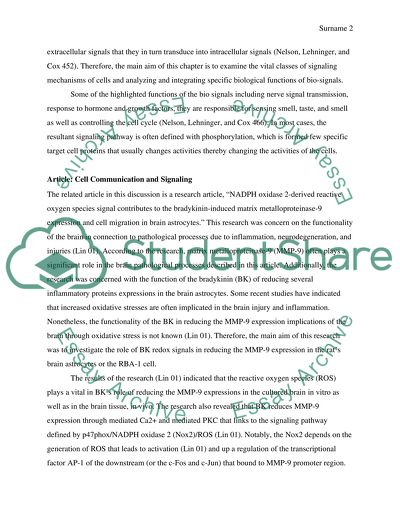Chapter 12: Biosignaling Term Paper Example | Topics and Well Written Essays - 750 words. Retrieved from https://studentshare.org/chemistry/1464943-chapter-12-biosignaling
Chapter 12: Biosignaling Term Paper Example | Topics and Well Written Essays - 750 Words. https://studentshare.org/chemistry/1464943-chapter-12-biosignaling.


